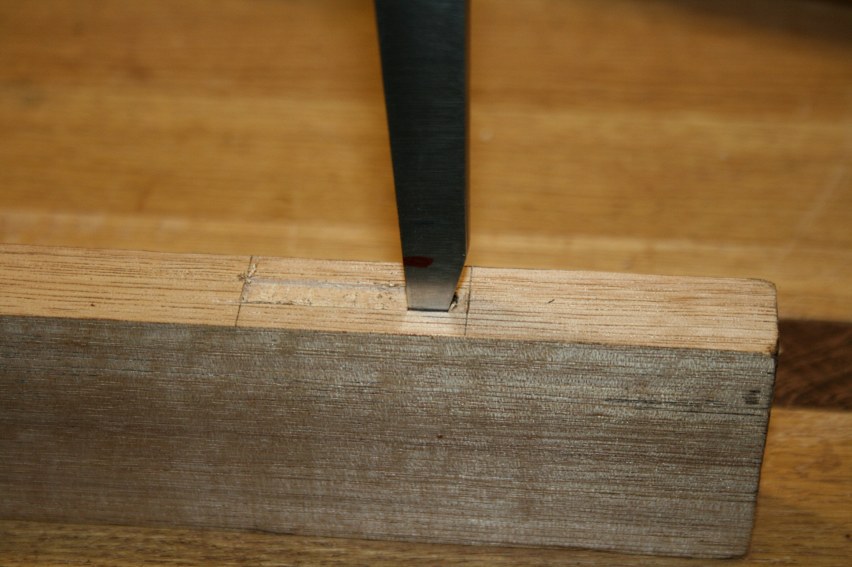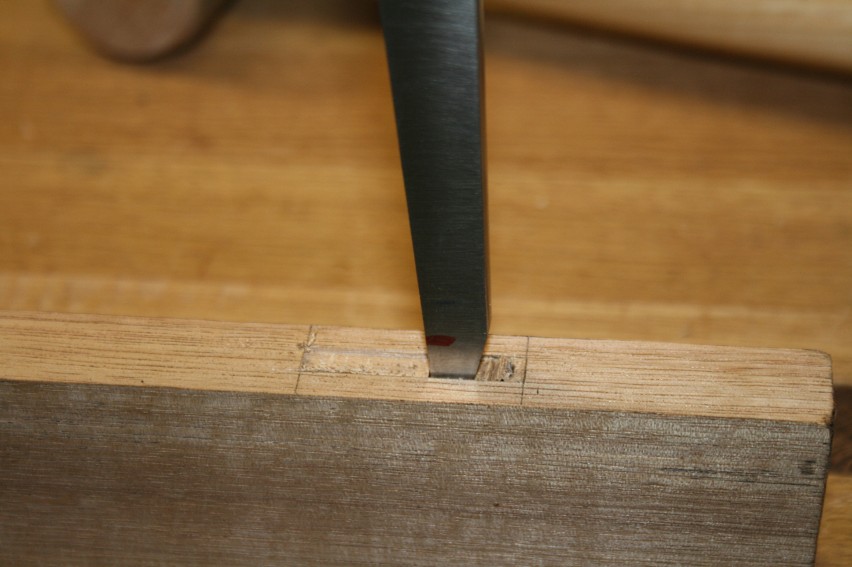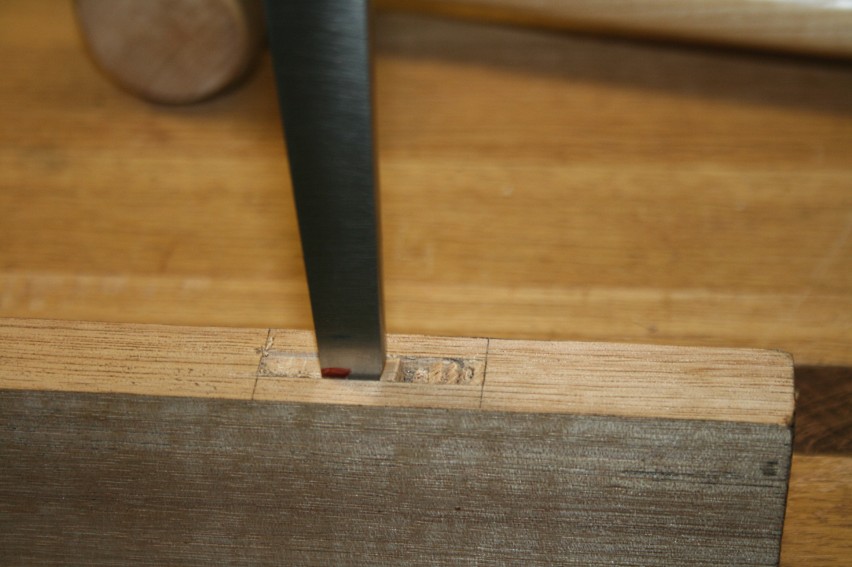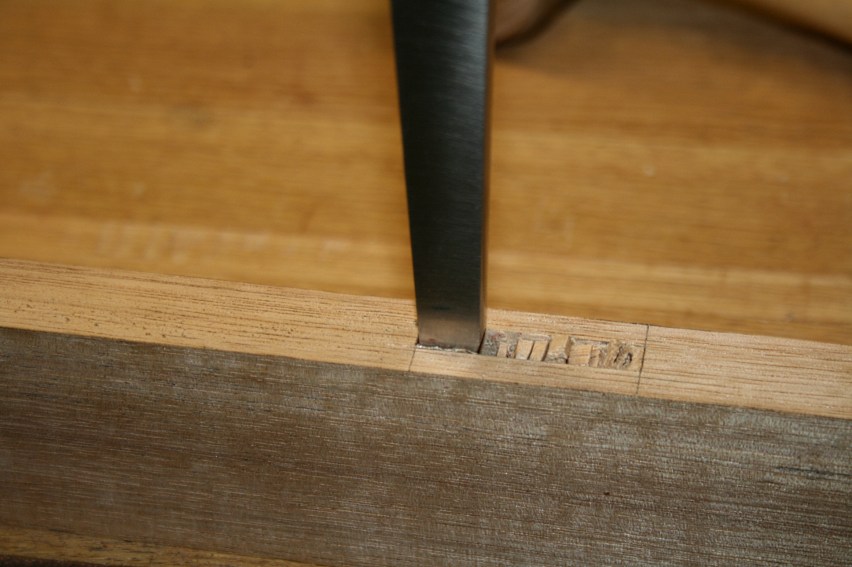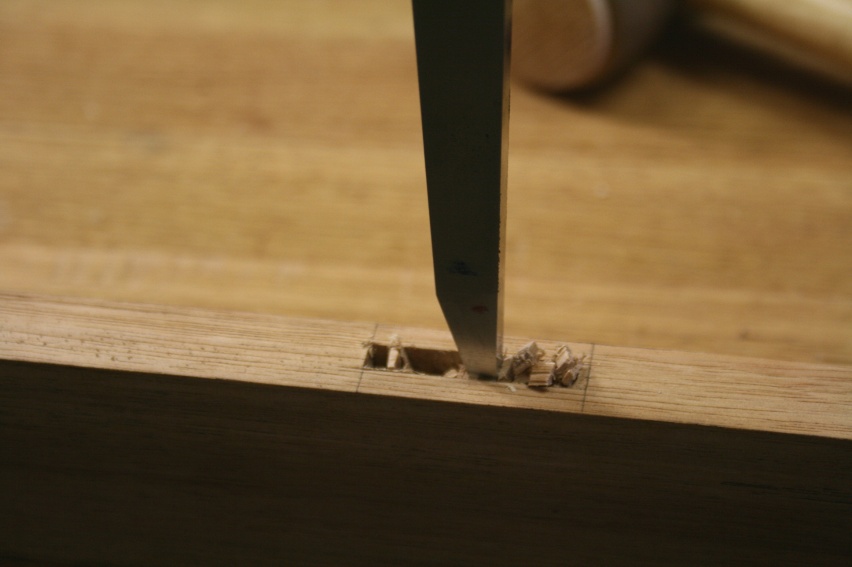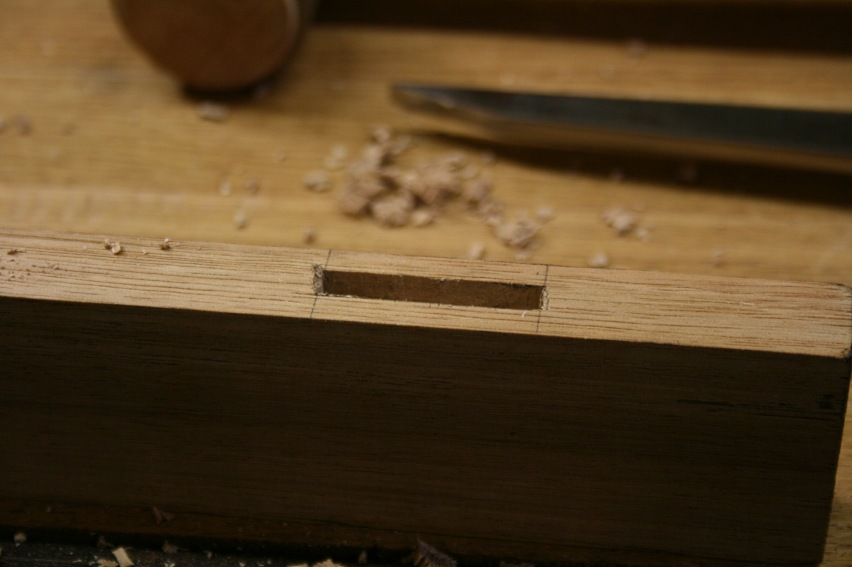CStanford":25jujgbn said:
Not really a problem since both were using the glass, same species of lumber, etc. Sellers arranged his demo to match Follansbee's. That was the point. If the glass "helped" one chisel it helped the other. Don't tear something vital this morning with such a huge stretch.
The point I was making, Charles, was that the glass aided in guiding the BE chisels a whole lot more than the OBM chisels. Good OBM chisels guide themselves by virtue of their design. That is why they developed as they did over a couple of hundred years.
So, in actual fact, the videos were not equivalent. For someone with Sellers' skill it may not have mattered, and very likely was not a factor that even occurred to him as a result. However, the point of a OBM is that it does not need steering, in fact cannot be steered. This reduces user-error.
I am not arguing that BE chisels cannot be used, or even that they cannot be used efficiently. I am simply stating that, given the choice of a decent BE chisel or a decent OBM chisel, I would go for the latter every time. In fact I do.

Regards from Perth
Derek







































